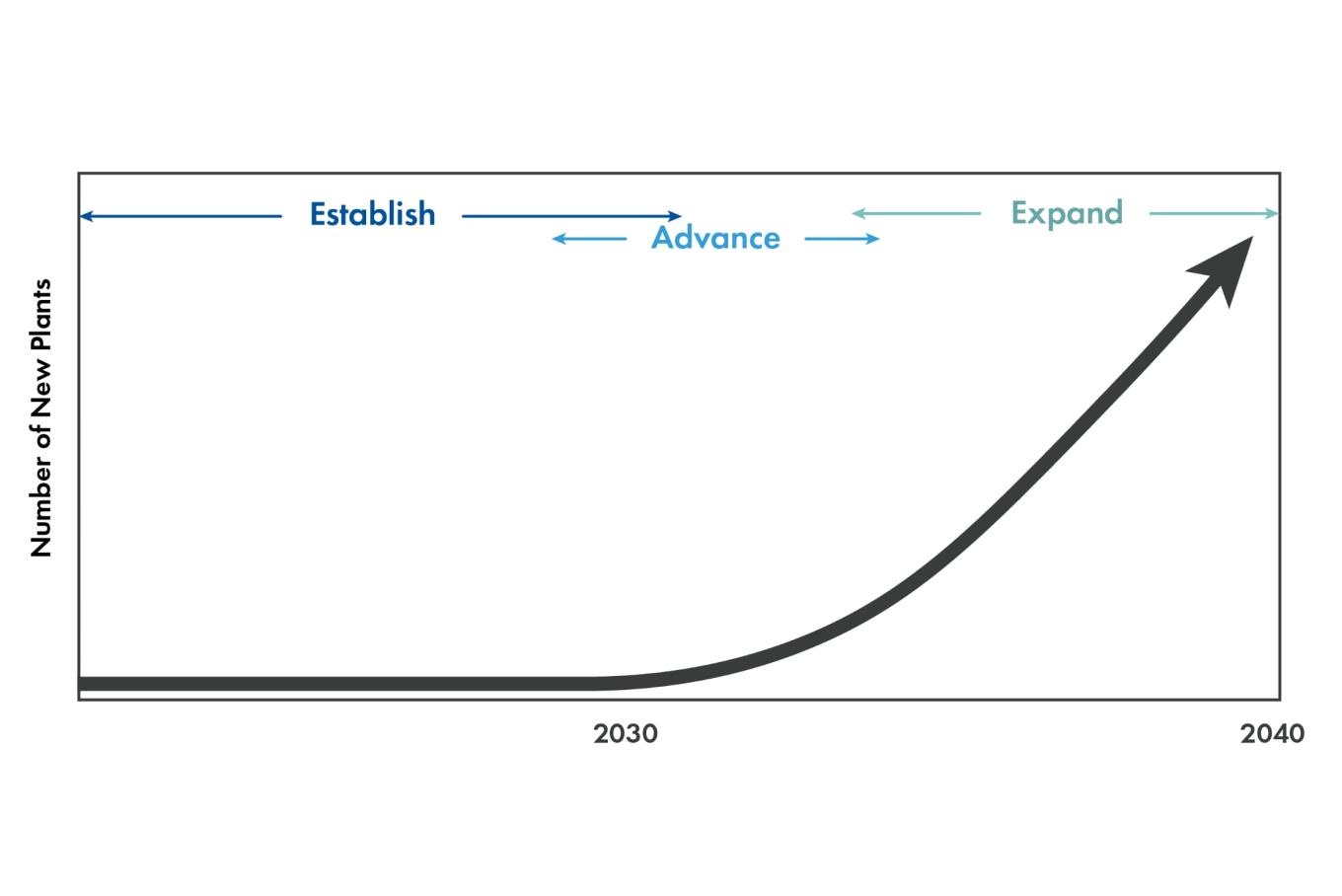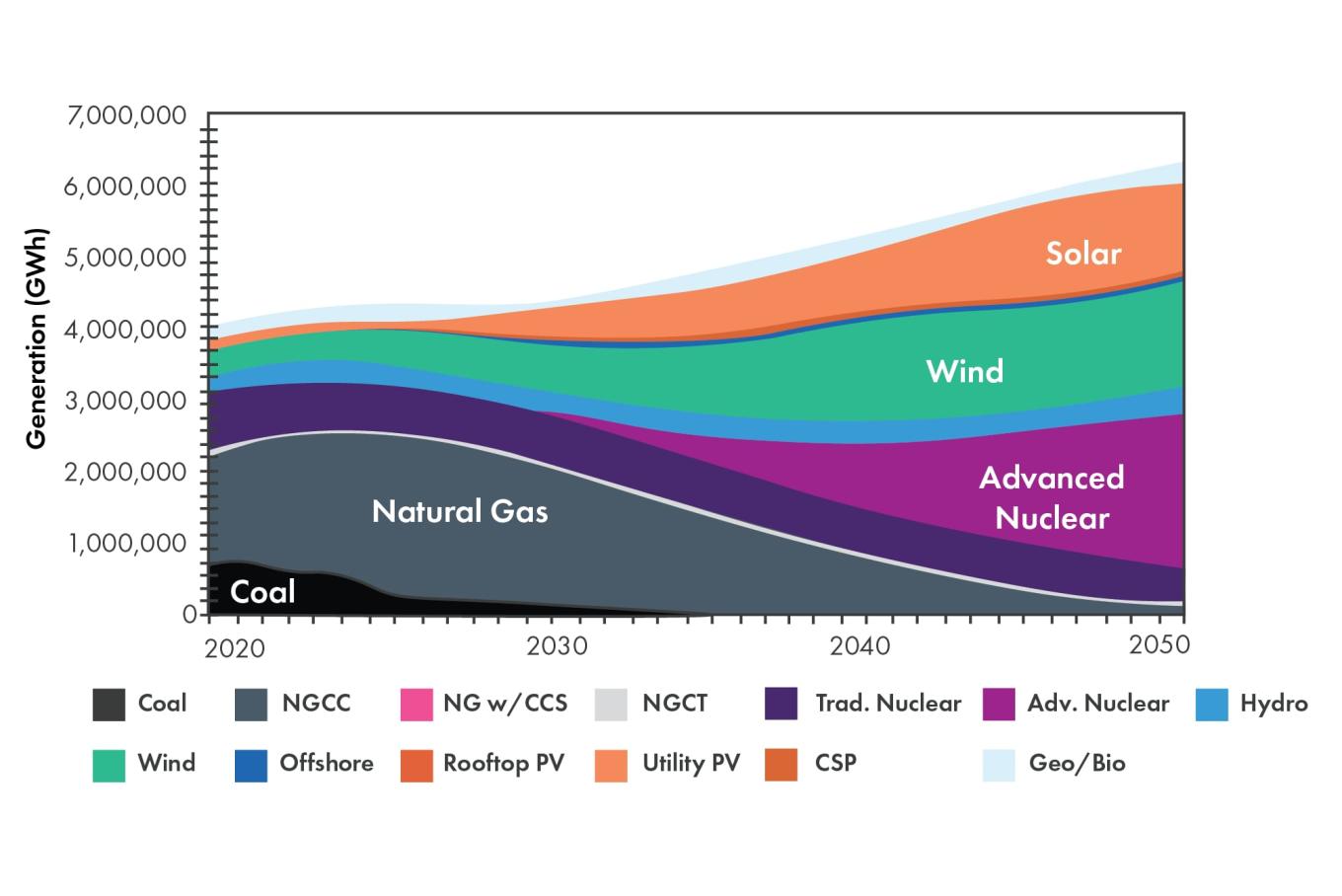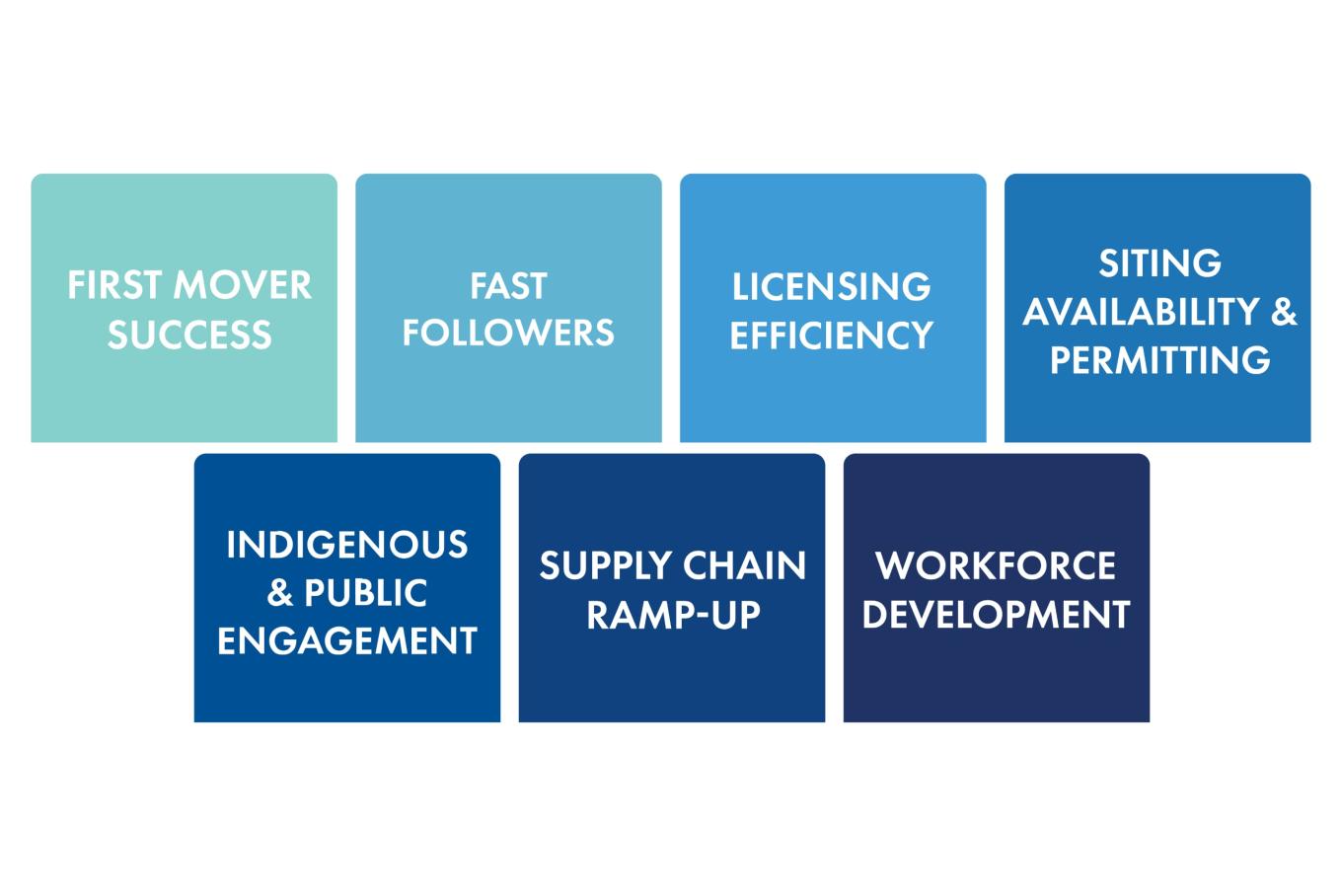Executive Summary
The Advanced Reactor Roadmap, initially published in 2023, has been updated in 2025, offering expanded insights into the successful commercialization of advanced reactors. The revision includes updated status information on several key issues, identifies additional priorities, and outlines critical outcomes necessary for enabling large-scale nuclear deployment. As a living document, it will continue to evolve with new developments and stakeholder input.

Vision
The updated Advanced Reactor Roadmap is intended to support the successful commercialization of advanced reactors and achieve the outcomes necessary to enable successful large-scale deployment. The term advanced reactors is defined as a new generation of nuclear technologies designed to offer improved safety, efficiency, and flexibility compared to traditional reactors, with capabilities such as high-temperature operation, modular construction, and enhanced fuel utilization. This roadmap is focused on supporting six primary audiences:
1) Potential Owner/Operators of Advanced Reactors.
2) Policymakers and Regulators.
3) Financial Institutions.
4) Public Stakeholders Including Local Communities.
5) Indigenous Nations and Communities.
6) Industry Stakeholders.

Approach
Advanced reactors build on the safety record of existing nuclear power facilities to provide even safer risk profiles. This risk reduction, coupled with modern monitoring and control technology, provides the opportunity to reshape how nuclear technology is developed, regulated, deployed, and operated. Changing how advanced reactors are pursued and viewed is important to achieve leveraged benefits—including easing deployment challenges, accelerating deployments, increasing cost- competitiveness, and reducing cost and schedule risk—all while increasing safety and reliability.
Enablers
Driving the value of advanced reactors to fulfill critical market needs can be enabled by several conditions related to policy, regulatory, and public acceptance surrounding the commercialization of advanced reactors. These enablers, with associated key opportunities, provide a valuable framework for focusing the solutions and actions that will enable large-scale deployment success.

Key Issues
A cross-section of industry subject matter experts, leaders, and stakeholders engaged to develop an informed assessment of the key issues and the actions needed to address those issues within the context of wide-scale deployment of advanced reactors in the 2030s. The key issues focus on what the industry can control in delivering a timely portfolio of products with benefits to the market.
